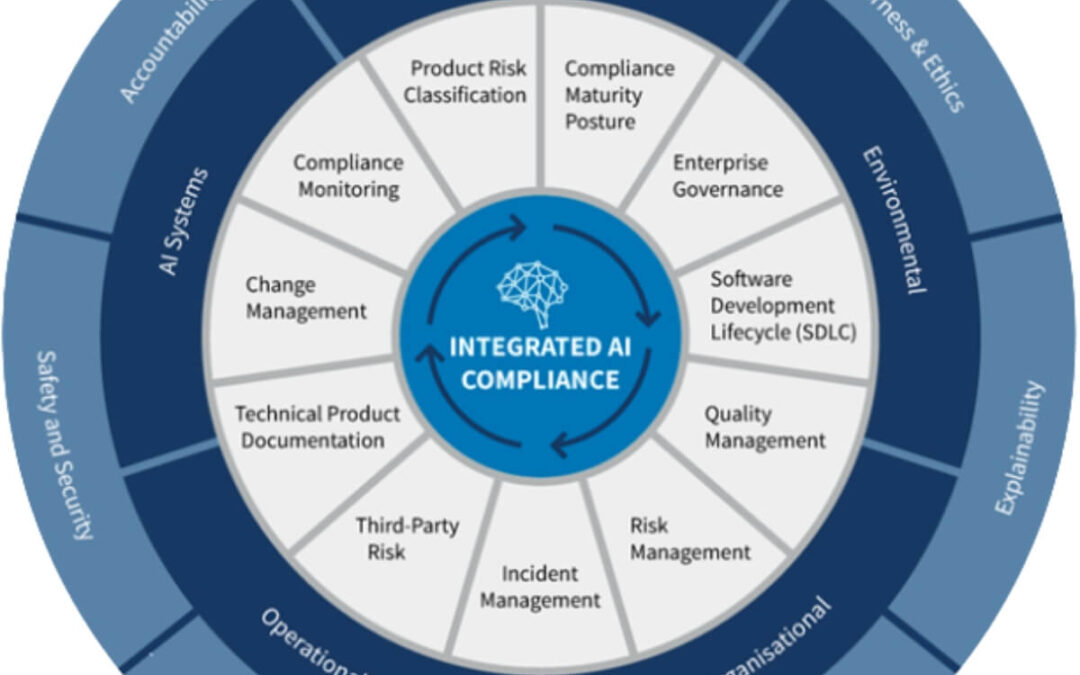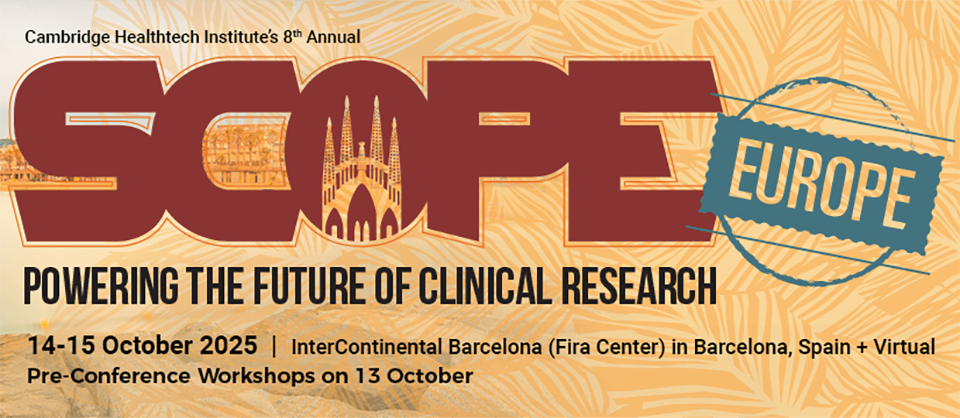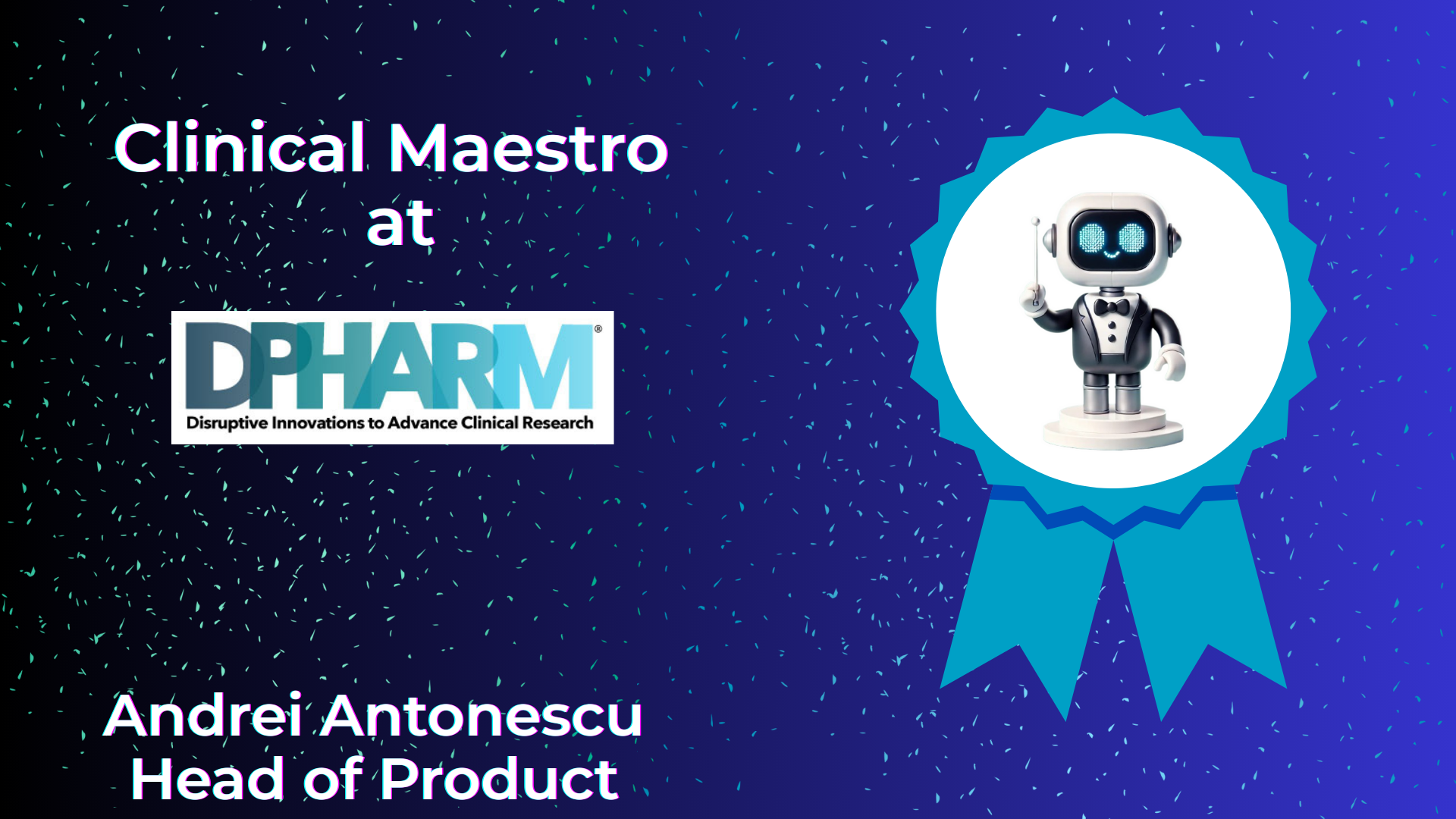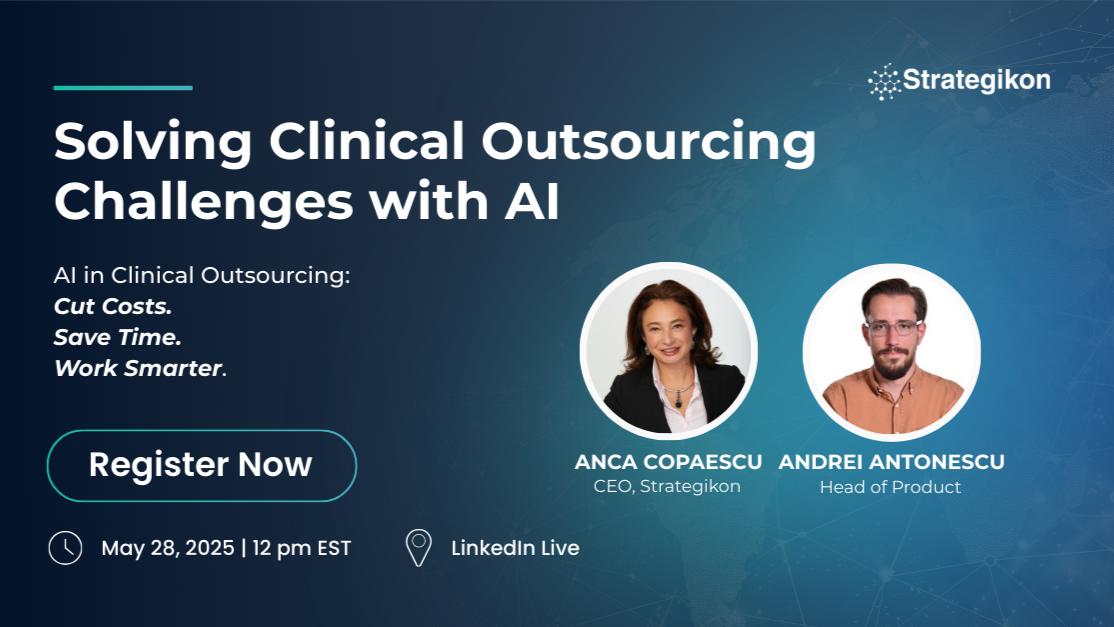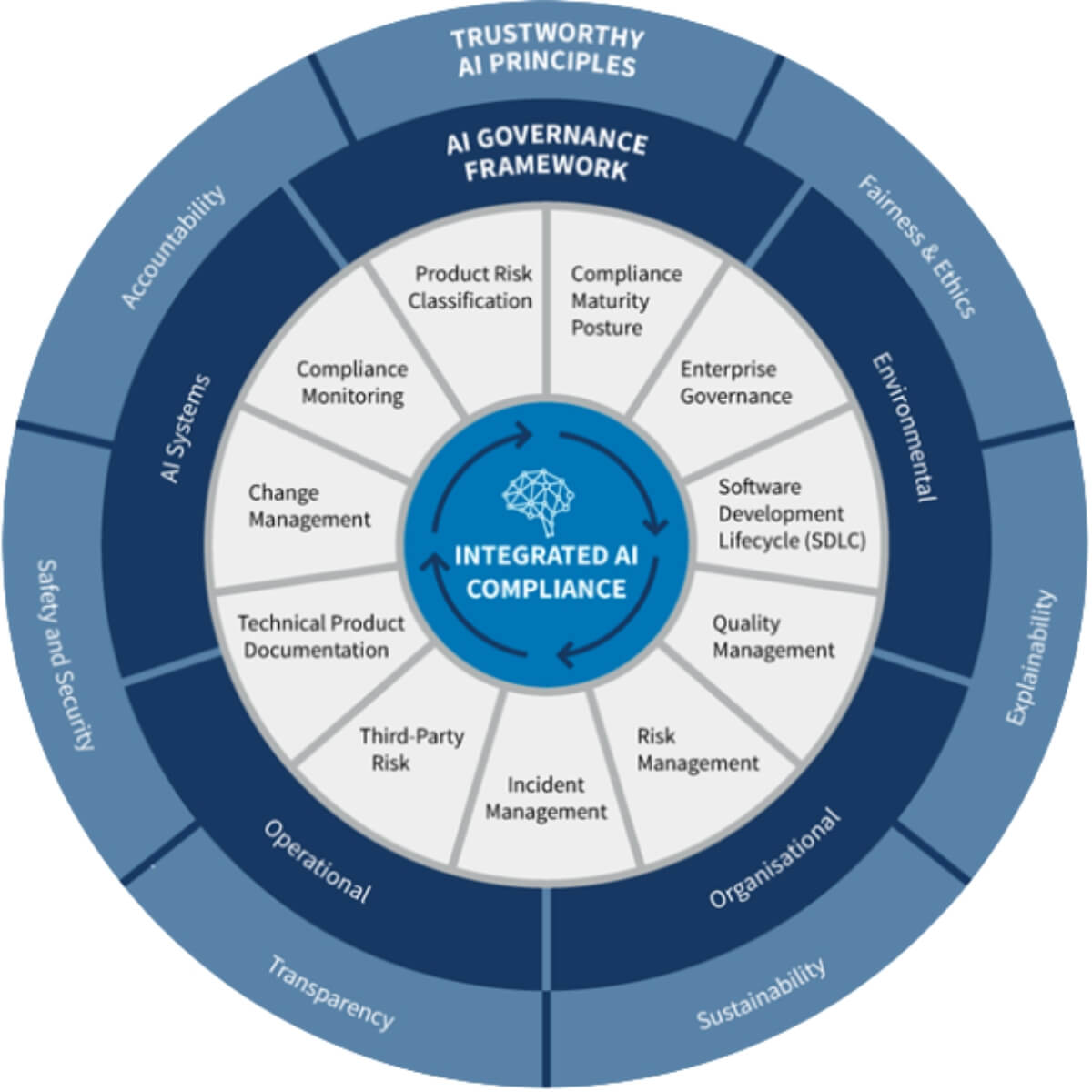
In this resource
Strengthen your processes and increase data-driven decision-making for faster study start-ups.
Strengthen your processes and increase data-driven decision-making for faster study start-ups.
In the complex world of pharmaceutical research and development, effective vendor governance is essential to ensure operational success, cost efficiency, and regulatory compliance. Yet, many organizations still rely on outdated, manual processes to manage vendor relationships. Tasks like scheduling Quarterly Business Reviews (QBRs), consolidating insights from multiple data sources, and coordinating follow-ups often demand significant time and effort. Despite these efforts, key takeaways from such meetings are frequently lost in static documentation, buried in shared folders, or forgotten until the next review cycle. This approach not only stifles efficiency but also exposes companies to unnecessary risks, inefficiencies, and missed opportunities for optimization.
As we explore the next generation of tools and consider deeply embedding AI into vendor governance and oversight in our new vendor management solution, VISION, we are inspired by the wealth of ideas shared by industry thought leaders and change agents. It is absolutely fascinating! These insights are driving a revolution in vendor management and shaping the future of clinical operations in the “age of AI.”
The Challenges of Manual Vendor Governance
Manual governance processes dominate the pharmaceutical industry, often relying on spreadsheets, static documents, and disjointed communication channels. These outdated methods come with significant drawbacks. Several common challenges have emerged from thought leader discussions, which I am summarizing below.
Limited Visibility and Transparency
Managing complex vendor ecosystems requires a clear understanding of relationships, performance, and contract adherence. In a manual system, this transparency is nearly impossible to achieve due to siloed data and inconsistent record-keeping. Multiple stakeholders have to dig in multiple folders and information sources to gather key governance information such as current contract summary, key risks, identified issues, quality or relationship related, cross portfolio and cross service insights, including project and financial related, such as potential changes of scope, or future pipeline planning.
Inconsistent Data and Processes
Without standardized workflows and centralized systems, vendor governance becomes prone to errors and inconsistencies. Critical data may be duplicated, incomplete, or mismanaged, leading to inefficiencies and compliance risks.
Reactive Risk Management
Manually driven governance often results in a reactive approach to risk management. Without advanced analytics, identifying potential issues such as contract deviations, delayed milestones, or underperforming vendors is challenging, leaving organizations vulnerable.
Inefficient Communication and Oversight
Vendor oversight involves multiple stakeholders across procurement, clinical operations, and quality assurance teams. Managing this collaboration through emails and disparate systems results in communication breakdowns, delayed decision-making, and increased administrative burden.
Missed Opportunities for Optimization
Manual processes fail to provide actionable insights into vendor performance and cost efficiencies, preventing companies from identifying trends, negotiating better terms, or optimizing their vendor portfolios.
The AI-Driven Governance Revolution
The transformative potential of SaaS technology in vendor management is well established across various industries, yet its adoption in the pharmaceutical sector has lagged, hindered by a scarcity of innovative solutions and dedicated category management systems. Artificial Intelligence (AI), however, offers a compelling opportunity to redefine what is possible. By harnessing advanced technologies such as generative AI and machine learning, pharmaceutical companies and their strategic partners and service providers can transition from reactive, labour-intensive practices to a proactive, data-driven approach to governance, unlocking new levels of efficiency, insight, and strategic decision-making.
Centralized Data Hub
VISION consolidates all vendor-related information into a single, easy-to-navigate platform. This includes contracts, performance metrics, compliance records, and financial data, providing a 360-degree view of vendor relationships. Having all key governance information at the users’ fingertips dramatically reduces the time to prepare the ubiquitous “governance meeting deck”.
Standardized Workflows
Intelligent systems enforce standardized processes across vendor selection, onboarding, monitoring, and evaluation. This ensures consistency, reduces errors, and aligns operations with industry best practices. The hassle of managing multiple stakeholders, capability evaluation surveys and questionnaires is compressed to a rapid orderly process that brings transparency and efficiency to all.
Real-Time Analytics and Insights
AI capabilities enable real-time analysis of vendor performance and cost trends. For example, we are working on embedding advanced reporting and data querying capabilities in VISION to provide predictive insights, allowing organizations to anticipate risks and make informed decisions. Performance metrics and KPIs which are notoriously known for inconsistency and lack of formula standards could be easily calculated directly from the data sources and measured against set or market benchmarks.
Intelligent Risk Management
AI algorithms promise to continuously monitor vendor activities for compliance and performance deviations. Early alerts allow teams to address issues before they escalate, reducing potential disruptions.
Enhanced Collaboration and Communication
Integrated tools such as shared dashboards, automated reporting, and in-platform messaging streamline communication among stakeholders. This fosters transparency and ensures everyone stays aligned on vendor activities.
Optimized Vendor Portfolio
By analysing performance data and benchmarking against industry standards, VISION helps companies identify their most valuable vendors and renegotiate contracts to achieve better outcomes.
Embracing Change: The Future of Vendor Governance
Artificial Intelligence (AI) is reshaping the pharmaceutical industry, driving a paradigm shift in clinical trials from service-heavy, project-based models to scalable, technology-first solutions. While breakthrough innovations like automated protocol development, AI-powered patient identification, and rapid data mining often dominate discussions, the transformative impact of AI on procurement, clinical outsourcing, and vendor management remains an untapped frontier.
As the backbone of clinical business operations, vendor management processes—including onboarding, qualification, risk tracking, and governance—are now undergoing a significant transformation. AI-enabled solutions are set to redefine these workflows, promising unprecedented efficiency, scalability, cost savings and strategic decision-making. From intelligent data mining, predictive insights generation, risk detection and interactive user interfaces based on human language, over the next 2-5 years, the way you approach procurement and vendor management may change drastically.
Are you ready to embrace this change? Industries beyond pharma are already leveraging AI to revolutionize procurement functions like category management and strategic partnerships. For pharma, this is an opportunity to adopt these advancements and reshape how we manage vendors. Relationships will not diminish in importance—they will evolve into more collaborative and data-driven partnerships.
The question is not whether change is coming, but how we respond to it. With AI driving
In this resource
Strengthen your processes and increase data-driven decision-making for faster study start-ups.
RESOURCES
Explore Expert Insights and Resources for Clinical Excellence
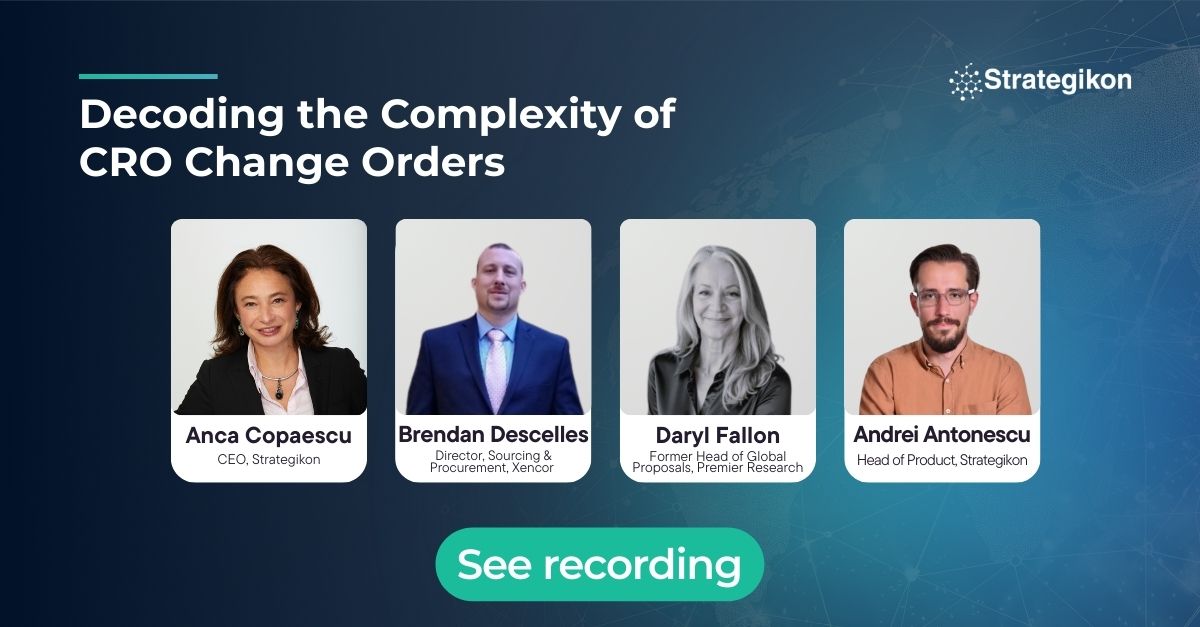
Webinars
Change orders in clinical trials are rarely simple. For both Sponsors and CROs, the process is often riddled with hidden costs, budget misalignments, and administrative inefficiencies. Outdated trackers, inconsistent unit pricing, and version control chaos can turn a simple scope adjustment into weeks of delays and unplanned expenses.
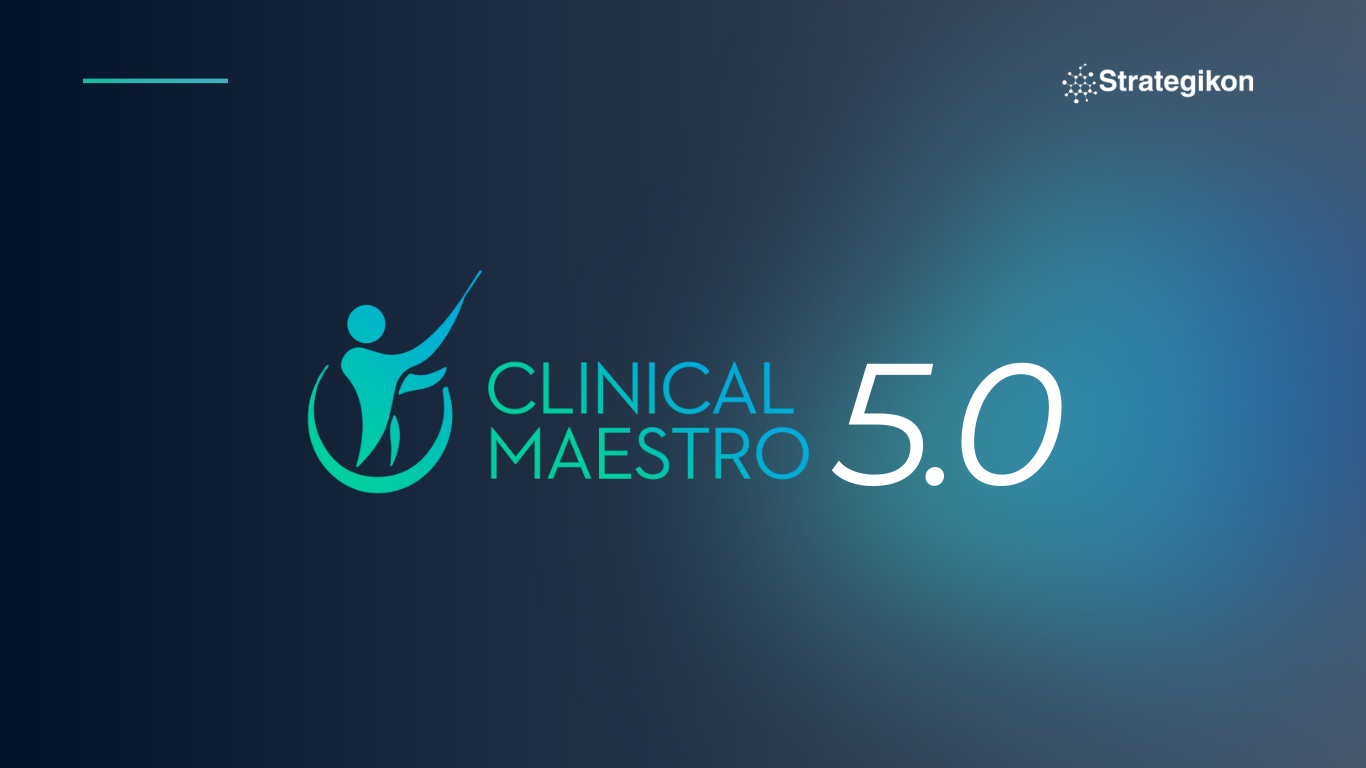
Blogs
Strategikon launches Clinical Maestro® 5.0 with Clinical Maestro AI — transforming clinical outsourcing. Learn how sponsors and CROs benefit from vendor intelligence, rate card compliance, change order simplification, and cost transparency.

Case Studies
Faced with inefficiencies, compliance risks, and fragmented communication, a biopharma company dramatically enhanced its vendor governance by implementing VISION!
DEMO
Request a demo
Discover how Strategikon’s advanced solutions can streamline your clinical trial operations. Request a personalized demo to explore how our tools transform budgeting, vendor management, and outsourcing efficiency for pharma and biotech.
